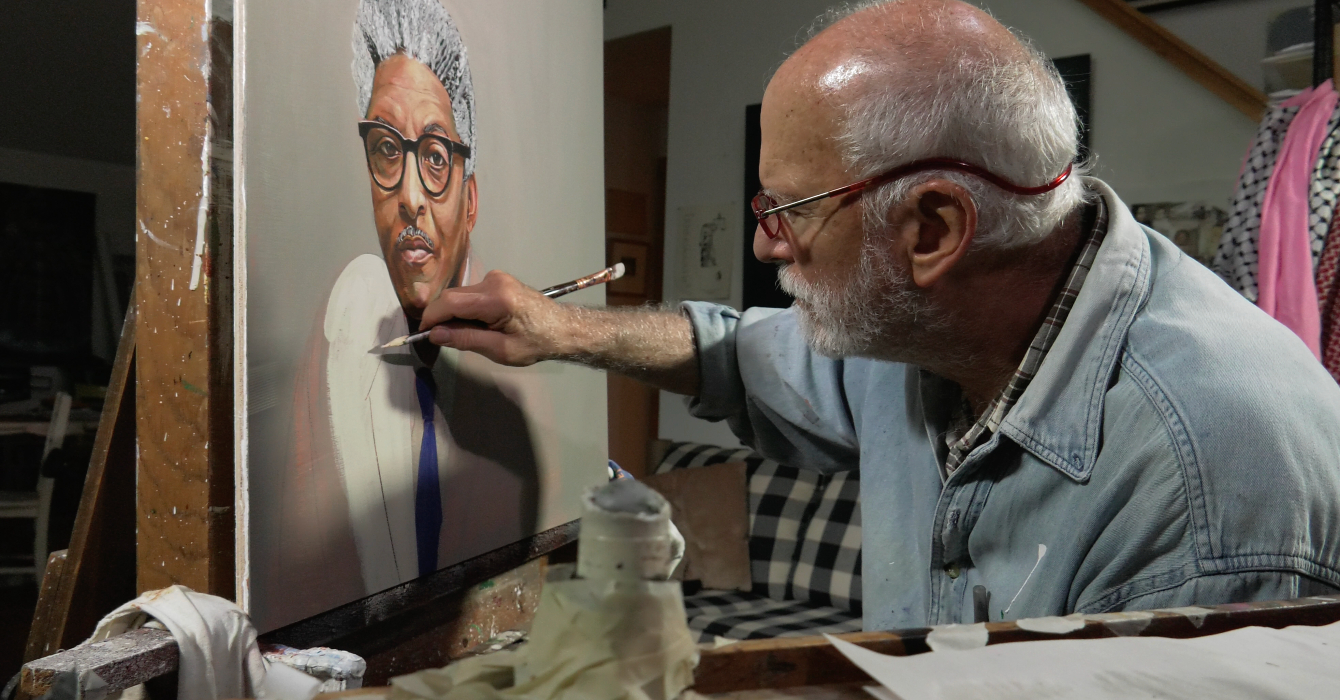Let’s face it: all of us inhabit institutions that we would have built differently. We inherited policies and procedures and even physical plants with aspects that we’d happily do without. Sometimes we bristle under the constraints put upon us by founders and historical bodies that could know nothing of our contemporary challenges.
Many of us have probably daydreamed what it would be like to be free of such constraints -- to “re-imagine” the institution from scratch. Then, we tell ourselves, we’d really be free to push forward our mission and vision. But now, in the real world, these constraints are like millstones, anchors dragging on the bottom as we try to steer the ship forward into new waters.
Could we ever imagine receiving such constraints as gifts? Indeed, is it possible that the constraints of handed-down traditions could be catalysts for creativity and imagination?
I was recently struck by something of a parable in this regard. In May, after a protracted -- and very public -- legal battle, the Barnes Foundation, a Philadelphia fine-arts institution, opened a new building on that city’s famous “museum row.” Called the Barnes Philadelphia, the new museum houses Albert Barnes’ world-class collection of modern art, moved there from its former suburban home in Lower Merion, Pa. The legal wrangling need not detain us here. It’s the result that yields an interesting case study of “traditioned innovation.”
Martin Filler summarizes the dynamics of the situation in his very helpful overview in the New York Review of Books: “Barnes had insisted that none of his eight hundred paintings or thousands of other objects could ever be sold, loaned, or removed from the elaborate installations he contrived for them. Thus, though the court agreed to the relocation, it stipulated that the collector’s displays be strictly maintained in the institution’s new home.”
Talk about constraints! Basically, the court said, “Yes, you can move the paintings to Philadelphia, but you have to display them exactly the same way Barnes displayed them at the home in Lower Merion.” Permission to move the collection didn’t just come with strings attached; it came with those sorts of wire cables that hold up the Golden Gate Bridge.
You would think that all the Barnes Foundation could do with such conditions and constraints would be simply to duplicate the Lower Merion mansion in an urban context. What else could architects do but fall into Vegas-like imitation and mimicry, simply reproducing a facsimile of the original? Indeed, the new museum wouldn’t really need creative architects; it would simply need good copyists.
But a funny thing happened on the way to reproduction: the architectural team of Tod Williams and Billie Tsien refused simple repetition. Accepting the constraints of Barnes’ bequest, they received them as a catalyst for creativity. Filler describes the result:
The legal requirement to reproduce the old galleries made many observers fear that this would limit the designers to an exercise in cultural taxidermy, with little scope left for architectural originality. Remarkably, Williams and Tsien found unexpected expressive range within the confines they were bound to observe. In that respect the outcome of this project is dazzling -- the new Barnes is infinitely superior to the vast number of museums designed with a completely free hand, and in hindsight, Judge Stanley R. Ott’s 2004 ruling that the display must be exactly duplicated seems Solomonic in its wisdom.
In other words, the new Barnes Foundation building is a concrete example of traditioned innovation. The result is stunning, both externally and internally. Working within the constraints on gallery space and configuration, receiving them and accepting them, the architects imagined a new future for the collection. One might say that new building is a “faithful extension” of the original site: taking up what has been handed down, but without simply parroting the original. Williams and Tsien’s design is a creative repetition.
The result is illuminating, both literally and figuratively. Visitors (especially at night) are bedazzled by the “Light Box” that sits atop the length of the building, which then fuels a spacious “Light Court” in the interior. The creative admission of light washes over the reproduced galleries. “The most welcome aspect of the new Barnes,” Filler notes, “is the veritable visual resurrection” occasioned by the architects’ collaboration with lighting designer Paul Marantz.
The works are the same; the arrangement is the same; the rooms are the same; and yet it’s as if we are seeing some of the works for the first time. The architectural innovation recasts the heritage of the building in ways that highlight the beauty of these works -- just what attracted Mr. Barnes to them in the first place.
Filler notes another example of this mutual interplay between tradition and innovation. With the requirement to preserve the galleries as they had been arranged by Barnes, the designers inherited a stipulated background for all the paintings: an ochre-colored burlap that Barnes had specified for the gallery walls. But with the new illumination, we discover that this color is “so harmonious with most of his pictures that one wonders why it is not widely copied elsewhere.” What would have previously been begrudged as Barnes’ restrictive idiosyncrasies now begin to make sense.
In sum, what might have been debilitating constraints became catalysts for creative innovation, issuing in a new appreciation for the wisdom of the constraints. “Barnes may have been a crank,” Filler concludes, “but he was also touched with some kind of genius.”
Think of the cranky constraints in your own context. Might it be more creative not to wish them away but instead to receive them as gifts? Is there a genius embedded in those constraints that some imaginative leadership could unveil, leading to new appreciation?
Maybe a “completely free hand” is not what we need. Perhaps what we need are good constraints, and the imagination to receive them as gifts for innovation.
















